Cenote Zapote must be the world’s weirdest dive site. From the surface this enticing orb loaded with crystal clear water and lush plants reveals nothing of the mind-blowing formations called Hell's Bells found within. If you assemble your scuba gear and slip below the surface down the hour glass to a depth of 28 metres, what you see will knock your fins off.
Little is known of the enigma that is Hell’s Bells. How were they formed? Why are they found here? Why is there no other dive site quite like this one? There's only one thing I know for sure... you've got to see it to believe it.
Little is known of the enigma that is Hell’s Bells. How were they formed? Why are they found here? Why is there no other dive site quite like this one? There's only one thing I know for sure... you've got to see it to believe it.
The underwater cavern of Cenote Zapote is much bigger than you might believe from the surface. The entrance shaft pinches in at 21 metres before ballooning out into a spectacular room that undercuts the rock. A thick layer of noxious hydrogen sulphide is found between 35 and 42 metres. Trees from the talus cone (the cone of debris and scree material that has fallen into the cenote) poke up through the cloud.
A lined ring route has been laid through the bell formations and takes you around the perimeter. The depth on the line varies from 28 to 33 metres. There is one T intersection with the stem of the T extending back into the centre of the circle and tied off to a tree.
If you are diving trimix and head below the hydrogen sulphide expect it to be completely dark below (cave training and technical training highly recommended). There is a line that circumnavigates the debris cone. Scientific studies are being performed below the hydrogen sulphide on the skeleton of a sloth. Please respect the investigation by staying well clear and not touching or disturbing anything with fingers or fins.
A small section of cave has been explored.
A lined ring route has been laid through the bell formations and takes you around the perimeter. The depth on the line varies from 28 to 33 metres. There is one T intersection with the stem of the T extending back into the centre of the circle and tied off to a tree.
If you are diving trimix and head below the hydrogen sulphide expect it to be completely dark below (cave training and technical training highly recommended). There is a line that circumnavigates the debris cone. Scientific studies are being performed below the hydrogen sulphide on the skeleton of a sloth. Please respect the investigation by staying well clear and not touching or disturbing anything with fingers or fins.
A small section of cave has been explored.
Getting there:
Cenote Zapote is located west of Puerto Morelos in Mexico's Yucatan Peninsula.
Get off the main Cancun-Tulum highway 307 at Puerto Morelos. Travel south on the lane next to the highway and turn right at the road headed inland signposted to Central Vallarta, Hol-Box and Ruta de los Cenotes. Travel 19 kilometres on this road then turn left into a gravel road (big sign post for Zapote Ecopark and Kin-Ha Natural Park).
Stay on the main wide gravel road for 6.3 kilometres. At one point you turn left. There are signs along the way for Cenote Zapote and Kin-Ha. At roughly 6.3 kilometres on the gravel road turn left at the big Cenote Zapote sign.
Get off the main Cancun-Tulum highway 307 at Puerto Morelos. Travel south on the lane next to the highway and turn right at the road headed inland signposted to Central Vallarta, Hol-Box and Ruta de los Cenotes. Travel 19 kilometres on this road then turn left into a gravel road (big sign post for Zapote Ecopark and Kin-Ha Natural Park).
Stay on the main wide gravel road for 6.3 kilometres. At one point you turn left. There are signs along the way for Cenote Zapote and Kin-Ha. At roughly 6.3 kilometres on the gravel road turn left at the big Cenote Zapote sign.
Dive site information:
Entry fee for scuba divers:
$400 Mexican pesos per person (April 2017) - cash only.
Depth:
The Hell's Bells formations are found at around 28 metres or 90 feet. The line that circumnavigates the formations goes down to 33 metres or 110 feet. The hydrogen sulphide layer starts at about 35 metres or 115 feet.
Facilities:
Very nice bathrooms, open air showers, two platforms for leaping off into Cenote Zapote, small number of car parks next to site.
The park also contains Cenote Palmas and Cenote El Abuelo - ziplining, swimming, snorkelling, bicycling and tours available.
Warning:
This dive site is deep and takes you into the overhead environment (and away from direct access to the surface). Some kind of cavern training at a minimum would be sensible, along with a redundant gear configuration and gas planning. Consider 30/30 gas for this site.
People leap off the platform into the water. It's recommended that scuba divers take note of the direction of the far side of the cenote so that you can surface safely away from the platform at the end of your dive.
Map:
The Zero Gravity dive shop has a nice cross-section map of this underwater site on their wall. Drop into their dive centre to take a look. They also hire double tanks and do trimix fills. They are located off the roundabout at Puerto Aventuras.
Photography:
Canon 5D Mark II camera in Sealux housing with 14mm lens and Inon Z240 strobes fired by Triggerfish.
More Information:
Cenotes Zapote Ecopark website.
Cenotes Zapote on Twitter.
Cenotes Zapote on Facebook.
Cenotes Zapote on Instagram.
$400 Mexican pesos per person (April 2017) - cash only.
Depth:
The Hell's Bells formations are found at around 28 metres or 90 feet. The line that circumnavigates the formations goes down to 33 metres or 110 feet. The hydrogen sulphide layer starts at about 35 metres or 115 feet.
Facilities:
Very nice bathrooms, open air showers, two platforms for leaping off into Cenote Zapote, small number of car parks next to site.
The park also contains Cenote Palmas and Cenote El Abuelo - ziplining, swimming, snorkelling, bicycling and tours available.
Warning:
This dive site is deep and takes you into the overhead environment (and away from direct access to the surface). Some kind of cavern training at a minimum would be sensible, along with a redundant gear configuration and gas planning. Consider 30/30 gas for this site.
People leap off the platform into the water. It's recommended that scuba divers take note of the direction of the far side of the cenote so that you can surface safely away from the platform at the end of your dive.
Map:
The Zero Gravity dive shop has a nice cross-section map of this underwater site on their wall. Drop into their dive centre to take a look. They also hire double tanks and do trimix fills. They are located off the roundabout at Puerto Aventuras.
Photography:
Canon 5D Mark II camera in Sealux housing with 14mm lens and Inon Z240 strobes fired by Triggerfish.
More Information:
Cenotes Zapote Ecopark website.
Cenotes Zapote on Twitter.
Cenotes Zapote on Facebook.
Cenotes Zapote on Instagram.
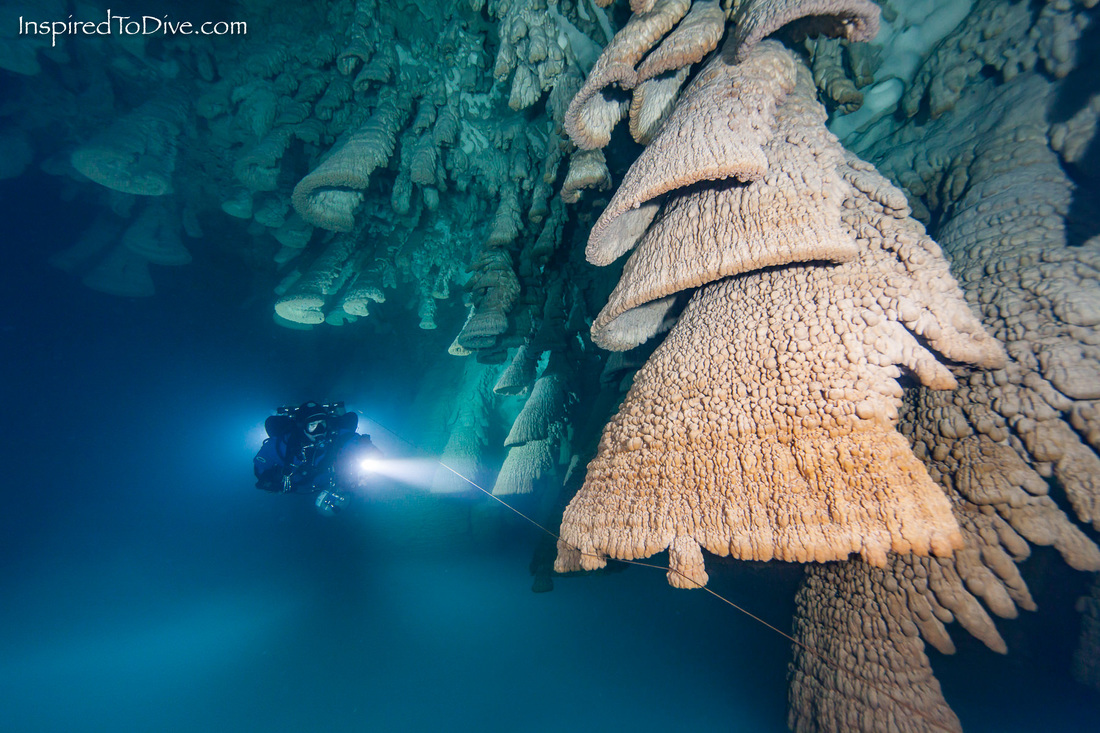
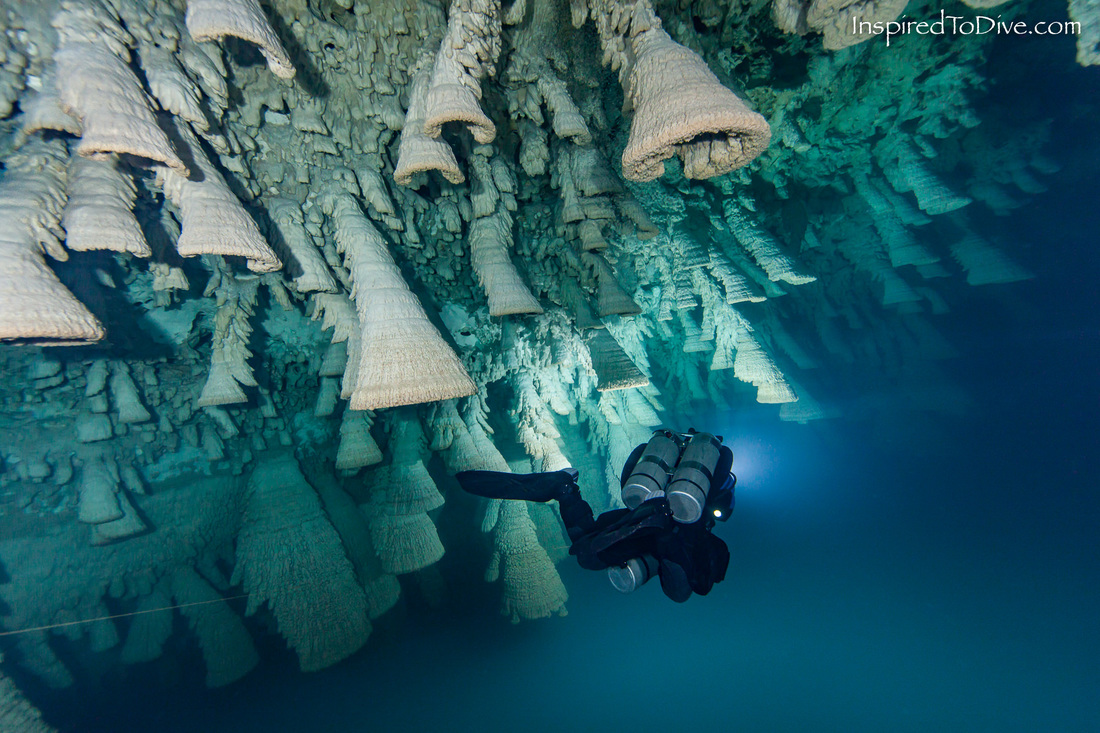
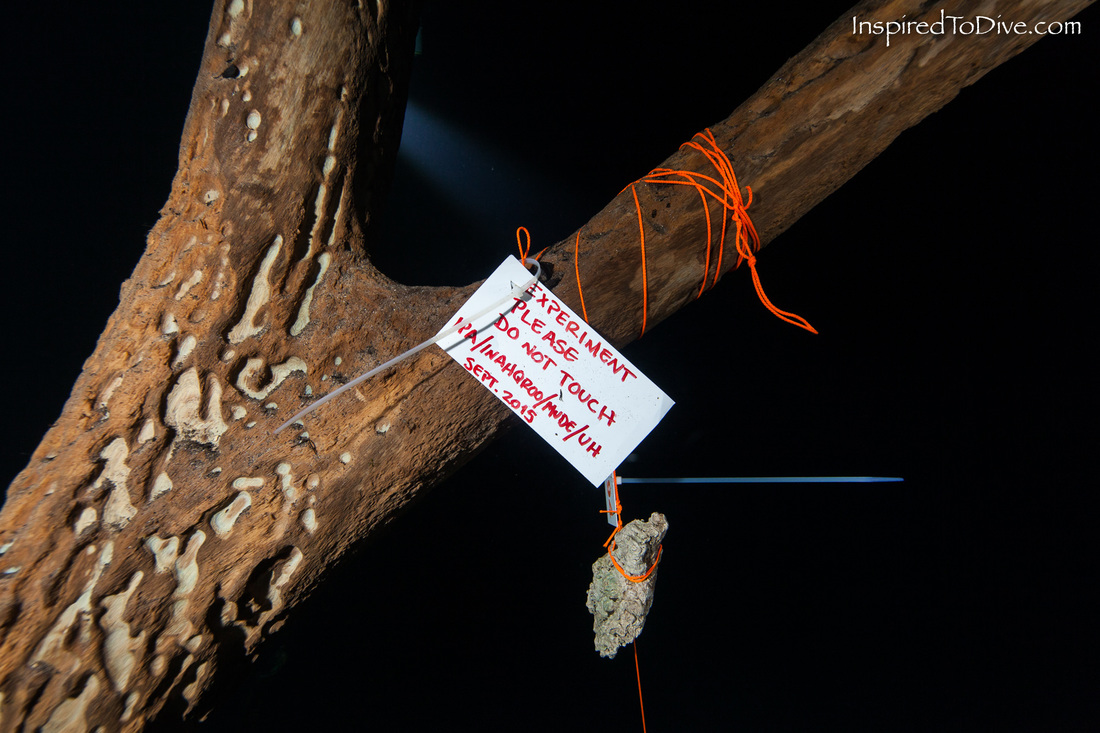
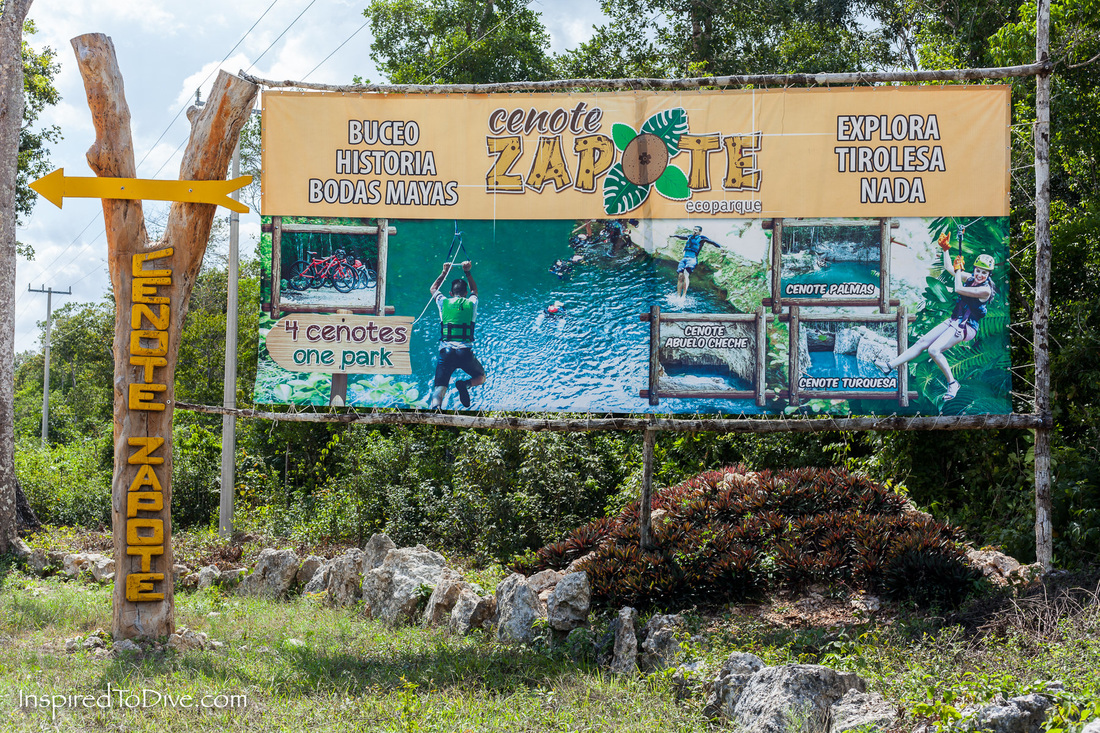

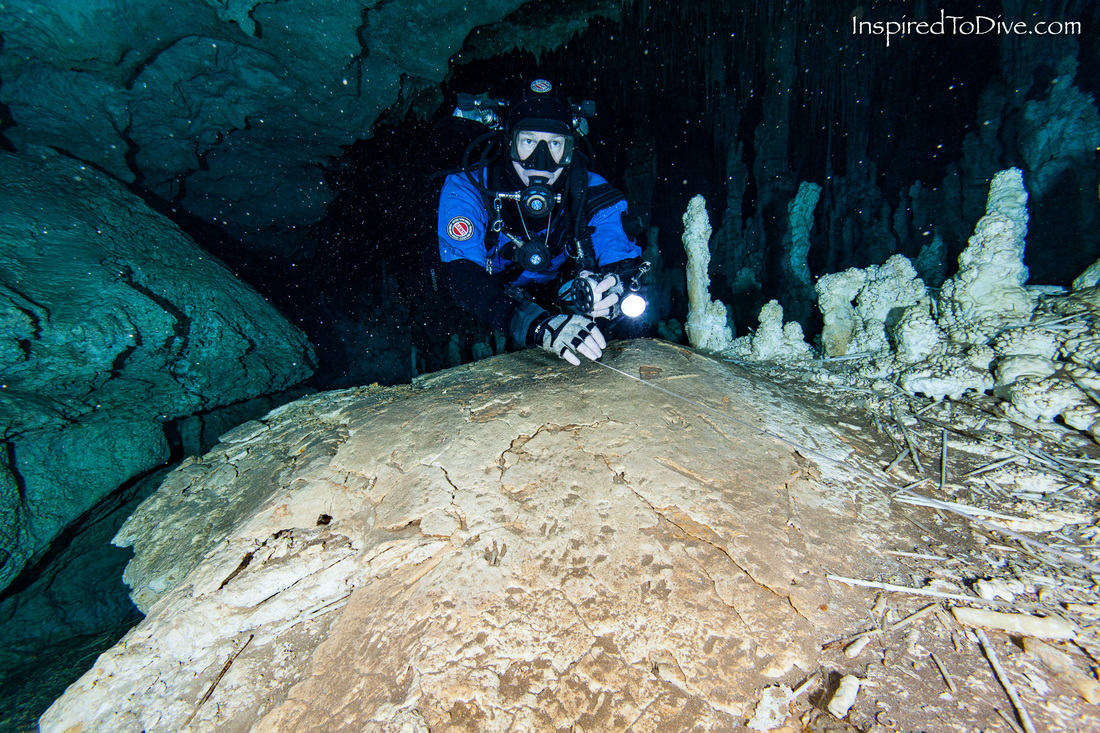
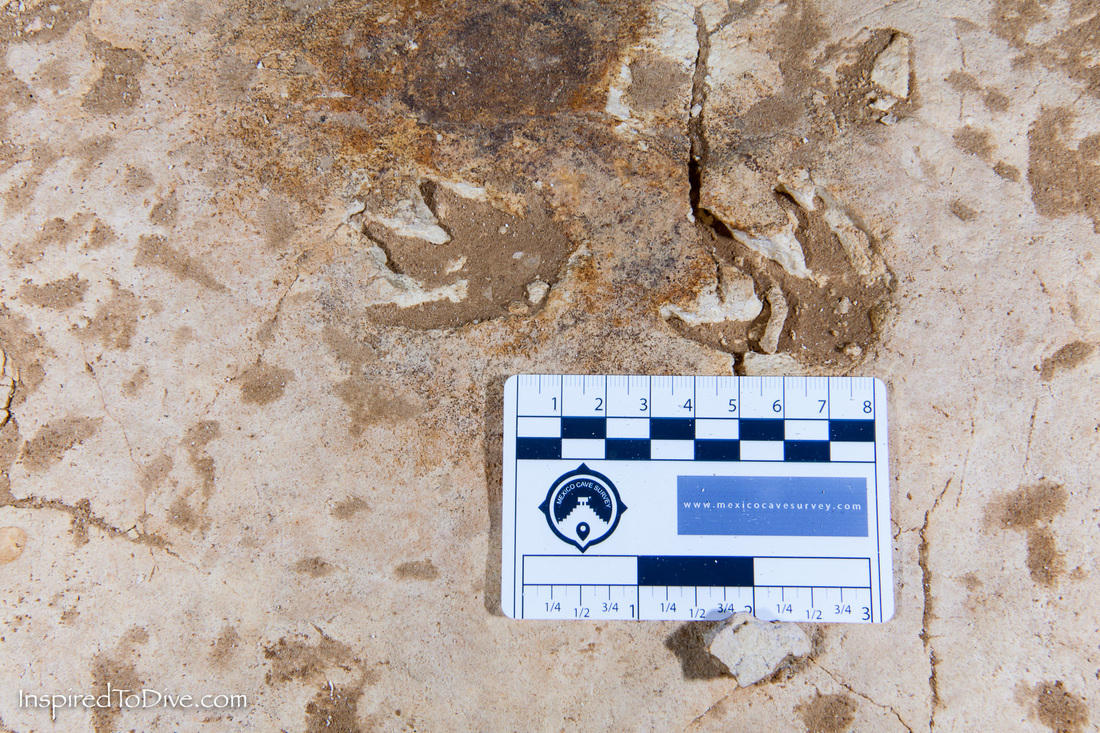
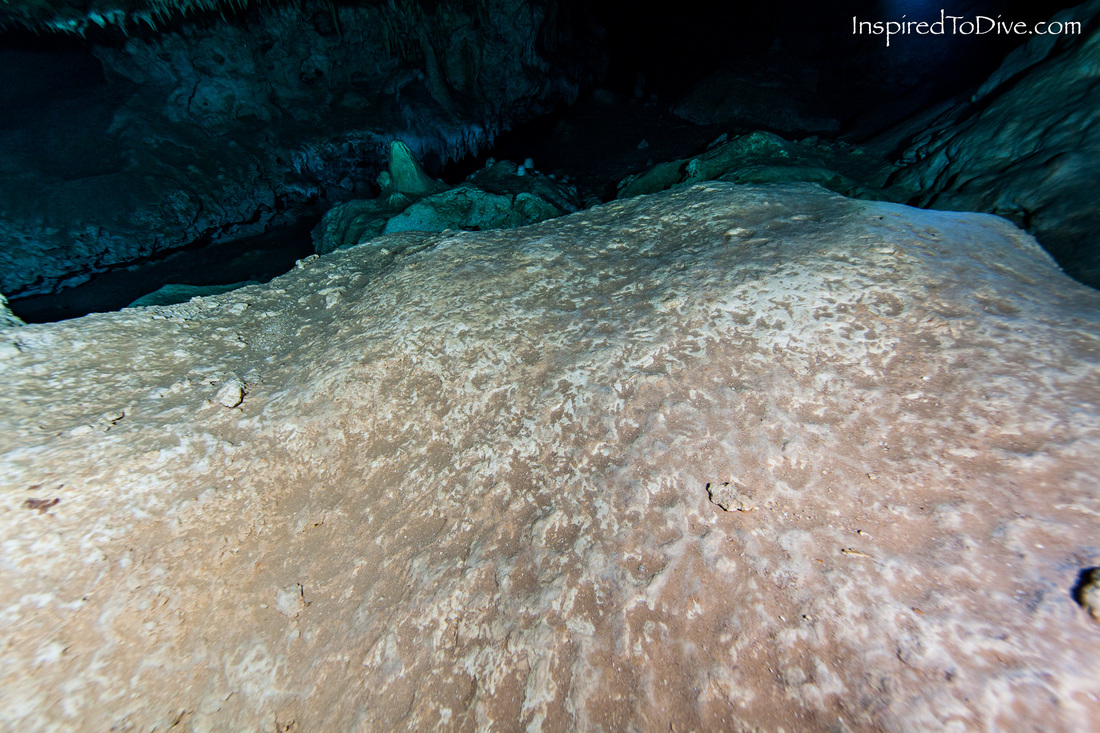
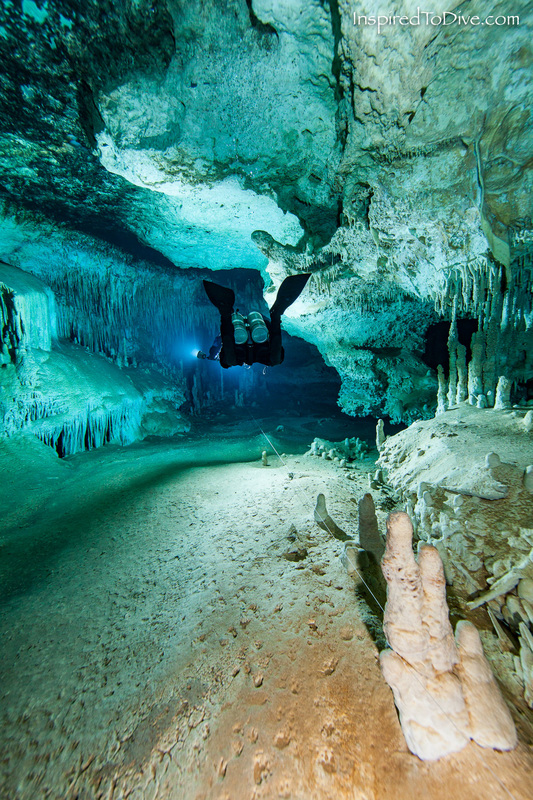


 RSS Feed
RSS Feed

